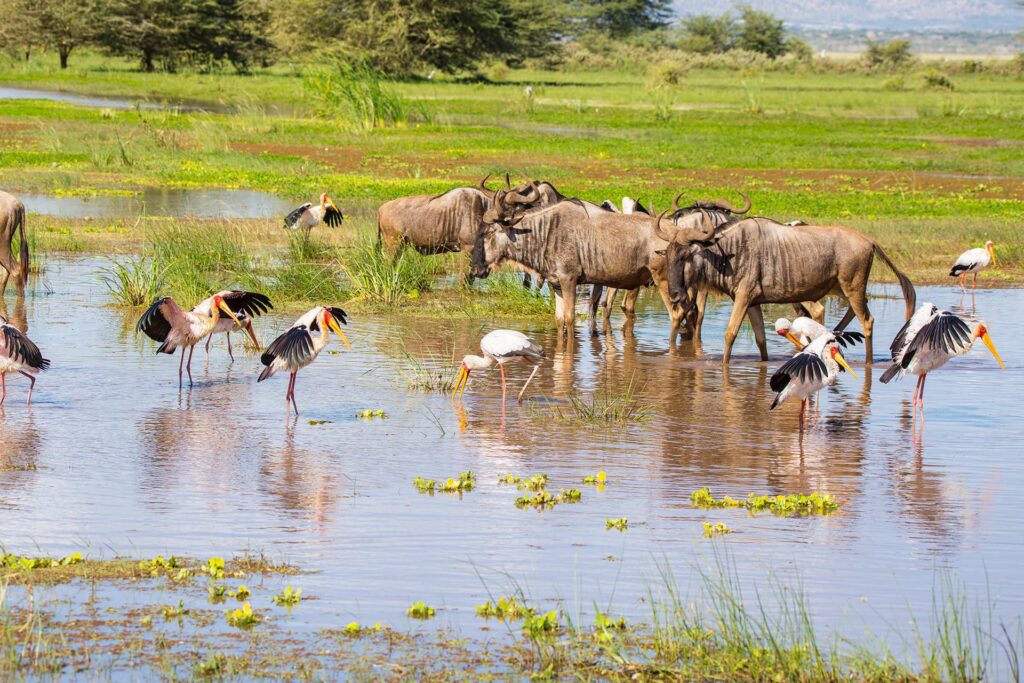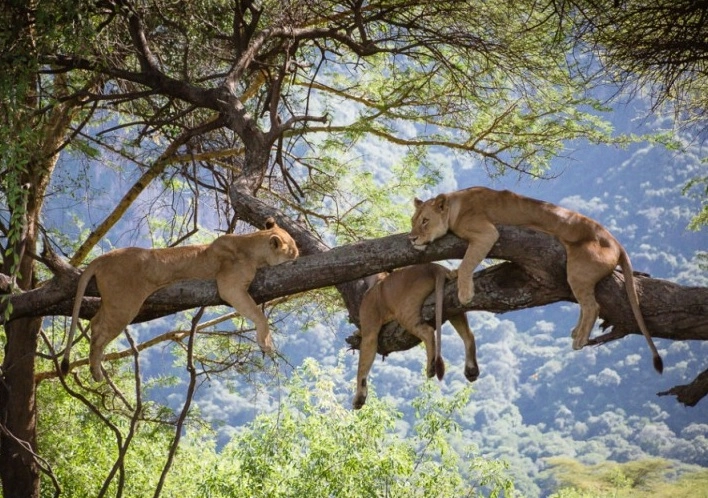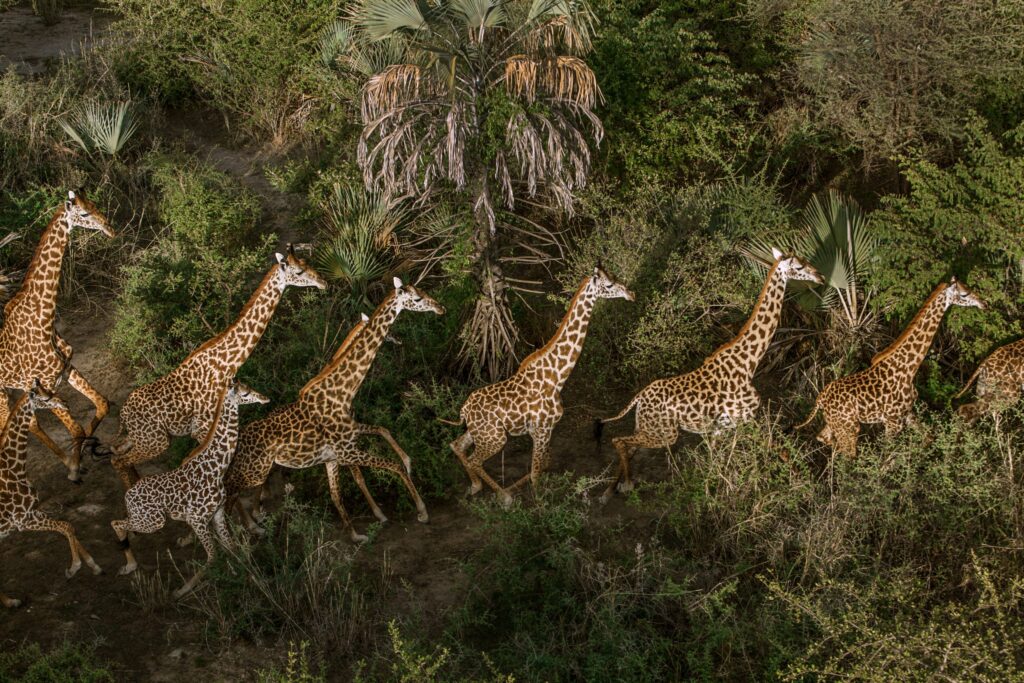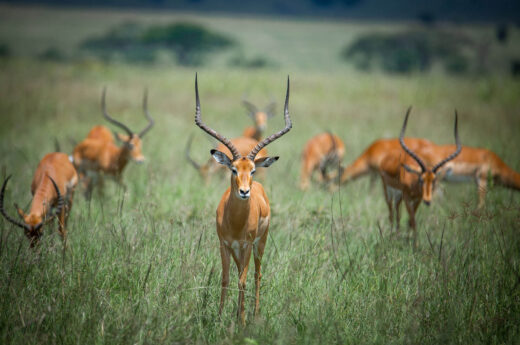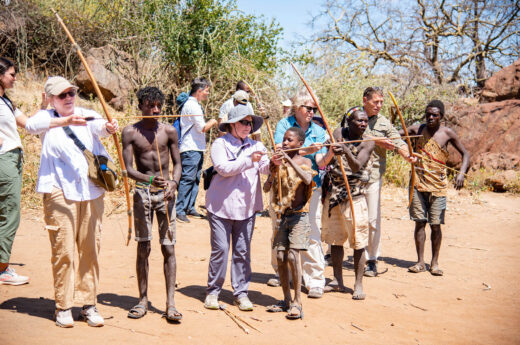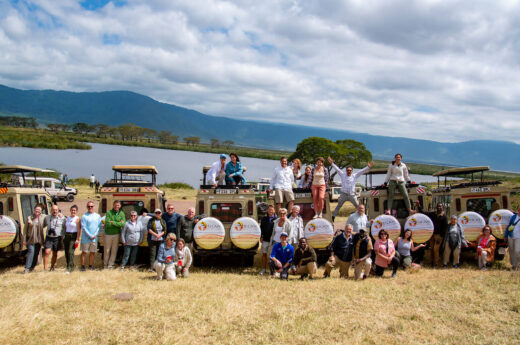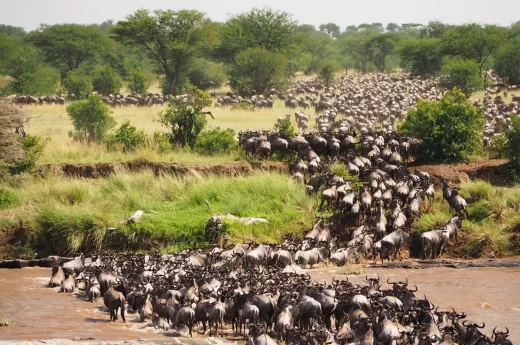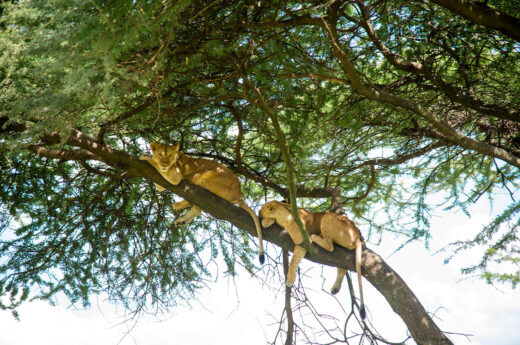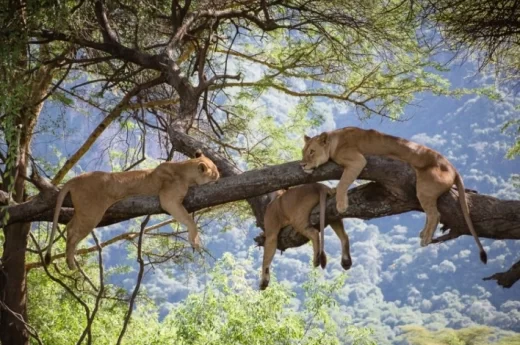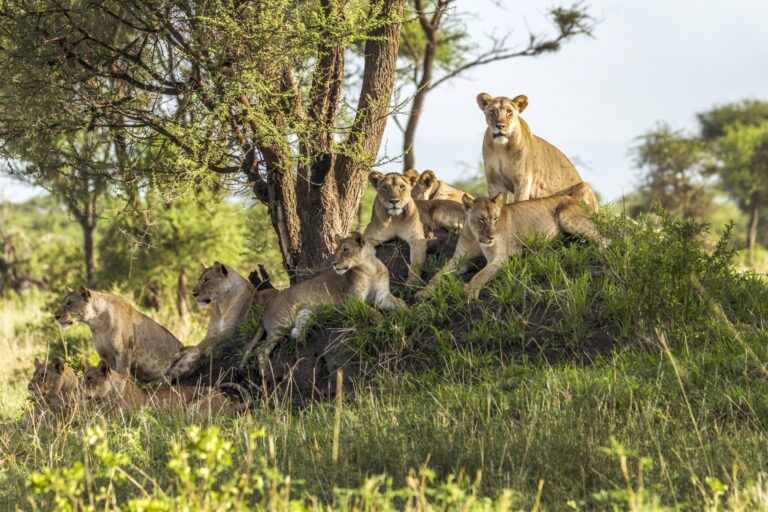
Lake Manyara National Park
With our specialized tours, set out to see the famous tree-climbing lions of Lake Manyara National Park.
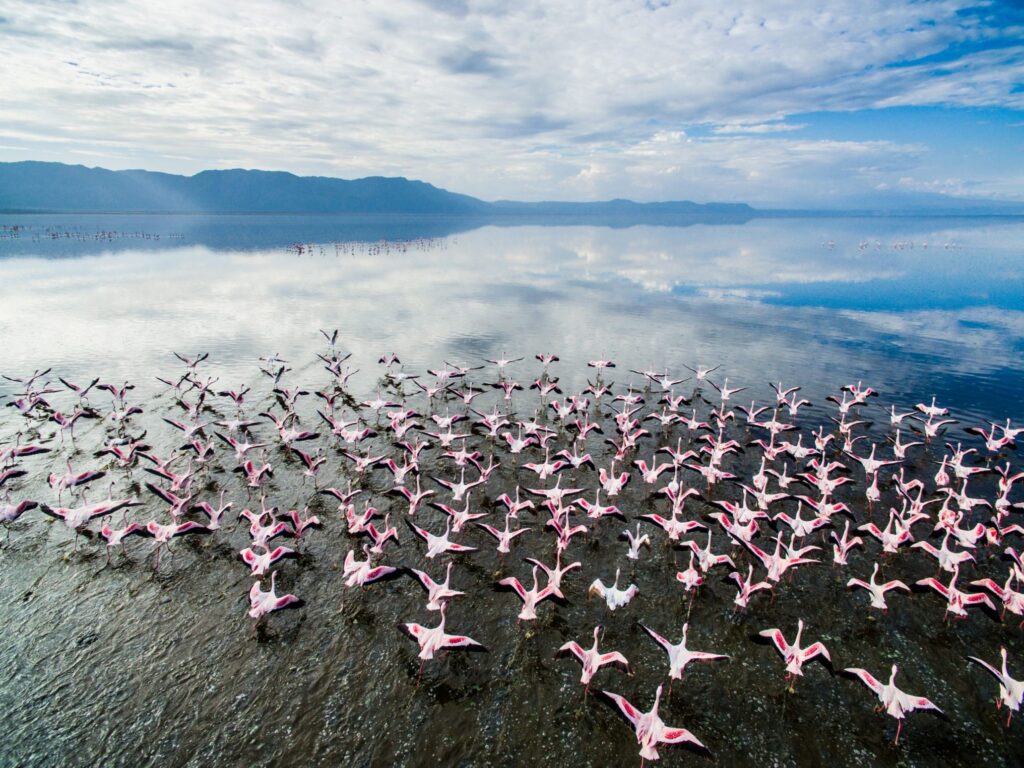
About Lake Manyara
Lake Manyara National Park, established in 1960 in Tanzania’s Great Rift Valley, spans 330 sq. km. Its name comes from the Maasai word “enyara” for the milk-colored, alkali water. The park features diverse landscapes, including an alkaline lake, grasslands, and dense forests.
The park is known for its wildlife diversity, including large herds of elephants, giraffes, zebras, and wildebeest. Though it lacks rhinos, it has unique tree-climbing lions and spotted hyenas. Birdwatchers can enjoy over 400 species, and the vegetation includes ancient fig trees and giant baobabs.
Located 126 km from Arusha, Lake Manyara National Park is accessible by a 2.5-hour drive or direct flights to its airstrip. Its stunning landscapes and biodiversity make it a prominent destination for nature and wildlife enthusiasts.
Highlights
Walking safaris
gain a fresh perspective and appreciation of nature by exploring on foot in the company of an armed guide.
Maji Moto Kubwa hot spring
Hot water percolates to the surface, creating a fertile swampy habitat that is ideal for nesting birds.
Bird-watching
With an average of over one new specie per square kilometer, bird lovers will have plenty to add to their checklists.
Elephants
Good sightings of lions, cheetahs, leopards, and spotted hyenas. Also the possibility of highly endangered African wild dogs.
Tree-climbing lions
Fringe-eared Oryx, the rare Coke’s hartebeests, long-necked gerenuk, dik-dik, Grant’s gazelles, amongst others.
Scenery
The picturesque lake, birdlife, and surrounding landscapes all ooze the best of African scenery.
Highlights
Lake Manyara National Park’s landscape is a stunning blend of natural beauty. Lush forests border the sparkling alkaline lake, set against the dramatic backdrop of the Great Rift Valley escarpment. Open grasslands and acacia woodlands stretch across the park, creating ideal settings for wildlife encounters.
Ancient mahogany trees, fig-trees, and towering baobabs add grandeur and shade to the diverse terrain. From serene lake views to dense forests and expansive plains, the park offers a captivating environment for visitors to fully immerse themselves in the beauty of nature.
January & February – A period of dry weather is likely between the two rainy seasons, although the timing is hard to predict.
March – May – ‘Long Rains’ – Although it rains daily during the wettest months, it is unusual for it to last the whole day. It is mostly cloudy.
June – October – ‘Dry Season’ – More and more tourists do flock the park with Lake Manyara National Park safaris to see the vast array of wildlife in the park. The longer spell of the dry season is experienced from June to October, which is also the peak season attracting a great number of travelers in the park.
November – December – ‘Short rains’ – Unreliable wet season lasting up to four weeks, with brief showers each day.
Activities
Experience Tarangire’s diverse activities, including thrilling safaris, cultural encounters, and more, immersing you in the park’s rich wildlife and natural beauty.
Game Drives
Setting out in the cooler hours of the day when the wildlife is most active, you will travel in a customized safari vehicle with an experienced guide in search of Africa’s big game. Full-day options are also available.
Walking safaris
Walking safaris are permitted within the national park, in the company of an armed guide
Night Game Drives
Join an exciting game drive after sunset to seek out nocturnal species such as civets, porcupines, and possibly predators
Maasai Cultural Experiences
Visit a traditional Maasai manyatta to learn more about this fascinating and ancient culture.
Canoeing
Drift in near silence alongside the wildlife dotting the shoreline. Your guide will point out various water birds along the way.
Bird Watching
With over 500 There are over 400 recorded species, many of which are water birds. Migrant species are present from November to April.

